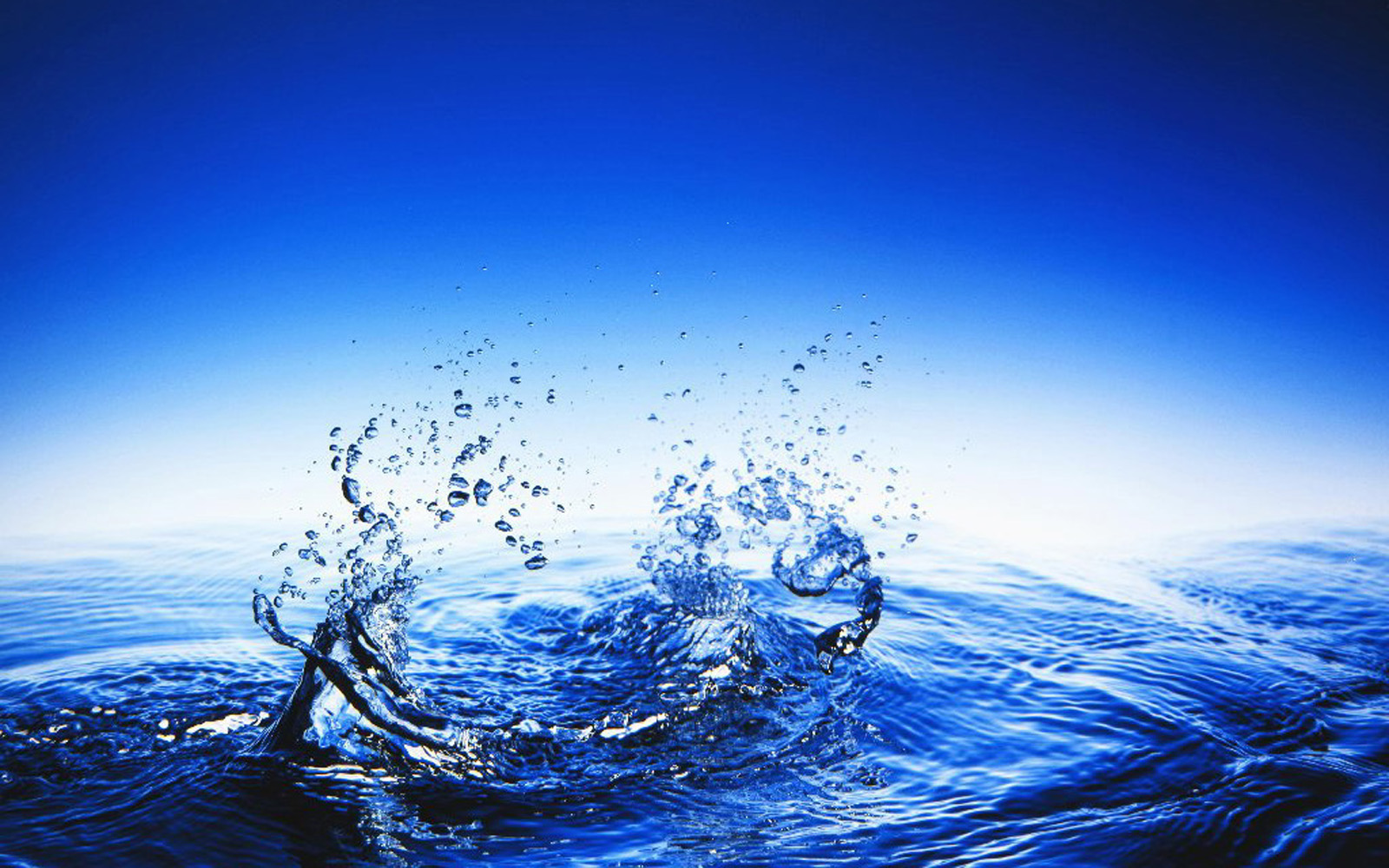The Ultimate Guide to Caring for an Emaciated Bearded Dragon
Introduction
Bearded dragons are popular pets due to their friendly demeanor and adorable looks. However, owning a bearded dragon comes with a lot of responsibilities, one of which is ensuring that your pet is healthy and well-fed. An emaciated bearded dragon is a bearded dragon that is malnourished and extremely thin. It is crucial to take action immediately if you notice any signs of emaciation in your bearded dragon.
Causes of Emaciation in Bearded Dragons
There could be several reasons why your bearded dragon is emaciated. Some of the common causes include:
- Malnourishment or improper diet
- Unsuitable living conditions
- Inadequate hydration
- Parasites
- Diseases
How to Identify an Emaciated Bearded Dragon
An emaciated bearded dragon is easy to spot, but it is important to know what to look for. Some of the signs you should look out for include:
- Visible ribs and spine
- Sunken eyes
- Loss of appetite
- Lethargy or weakness
- Dehydration
- Sudden weight loss

How to Care for an Emaciated Bearded Dragon
Caring for an emaciated bearded dragon requires time and patience. Here are some tips that can help:
1. Provide a Nutritious Diet
A bearded dragon’s diet should consist of a variety of live insects and vegetables. Make sure you are feeding your bearded dragon a balanced diet that is high in protein and calcium. Consult with a veterinarian to determine the best diet plan for your bearded dragon and monitor their food intake and weight regularly.
2. Provide Adequate Hydration
Dehydration is one of the leading causes of emaciation in bearded dragons. Make sure your bearded dragon has access to clean water at all times. You can also mist their enclosure to increase humidity.

3. Create Suitable Living Conditions
Your bearded dragon’s enclosure should be spacious and have adequate lighting and heating. Bearded dragons require UVB light for proper calcium absorption and metabolism. Make sure the enclosure has enough hiding spots and climbing surfaces to keep your bearded dragon active and entertained.

4. Address Parasites and Diseases
Parasites and diseases can weaken your bearded dragon and lead to emaciation. If you suspect that your bearded dragon has parasites or a disease, take them to a veterinarian immediately for diagnosis and treatment.
Recovering an Emaciated Bearded Dragon
Recovering an emaciated bearded dragon takes time, and the process may vary depending on the severity of the emaciation. Here are some things you could do to help your bearded dragon recover:
1. Monitor Food and Water Intake
Monitor your bearded dragon’s food and water intake carefully. Record the amount of food and water they consume each day to ensure that they are eating and drinking enough. Adjust their diet as necessary.
2. Provide Extra Care and Attention
Your bearded dragon may require extra care and attention during their recovery period. Spend more time bonding with your pet and ensure that they are comfortable and stress-free.

3. Continue Treatment
Follow your veterinarian’s treatment plan and continue monitoring your bearded dragon’s health. Be gentle and patient, and do not rush the recovery process.
Conclusion
An emaciated bearded dragon requires immediate attention and care to restore its health. Proper diet, hydration, and suitable living conditions, along with veterinary care, could help your bearded dragon recover. Remember to monitor your bearded dragon’s health regularly to prevent emaciation and other health problems.
